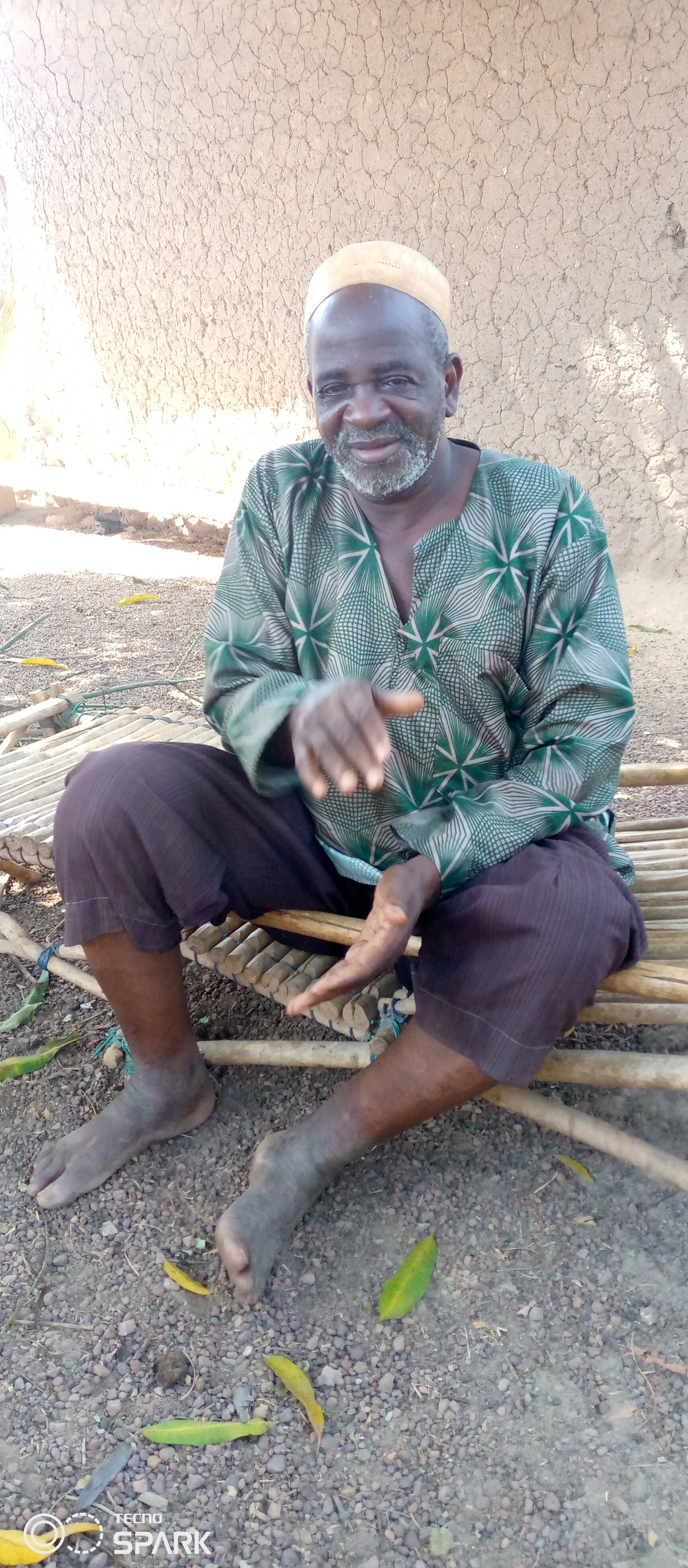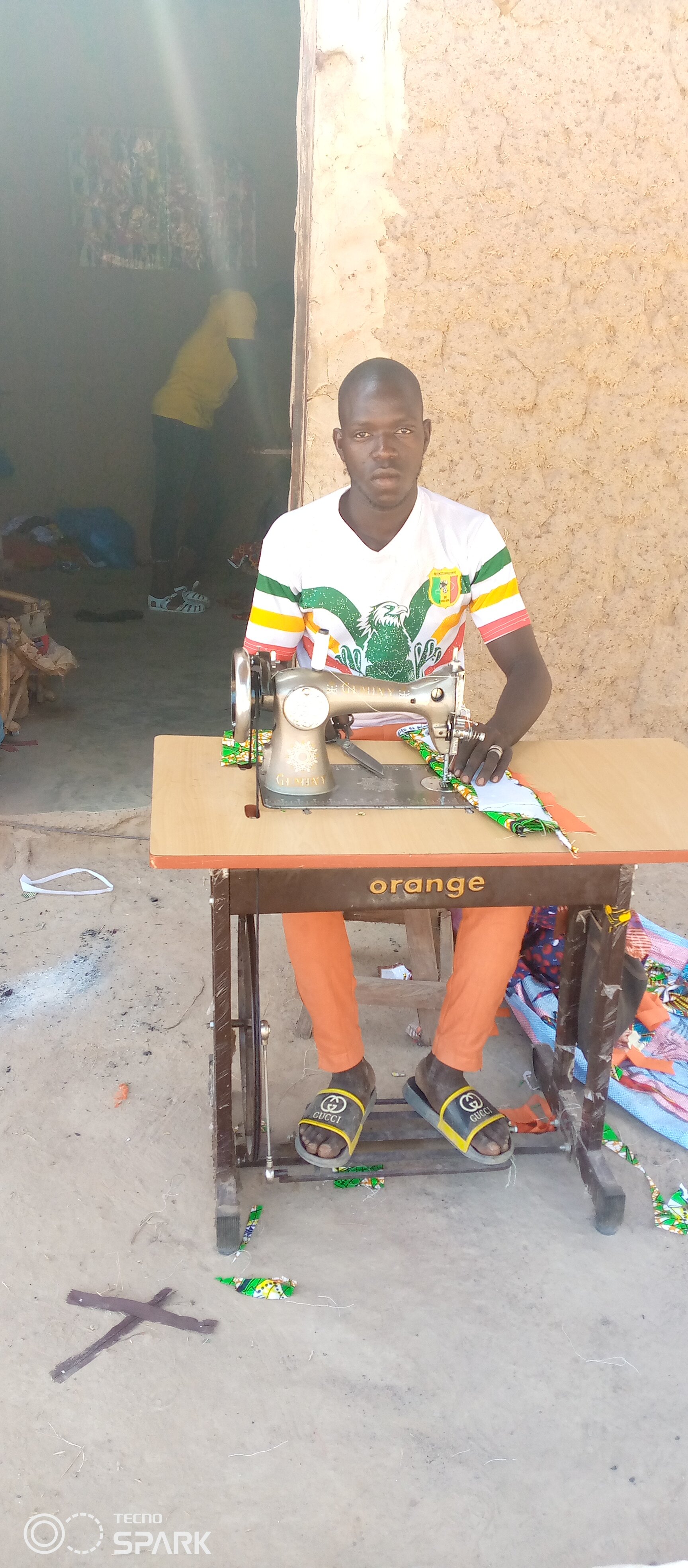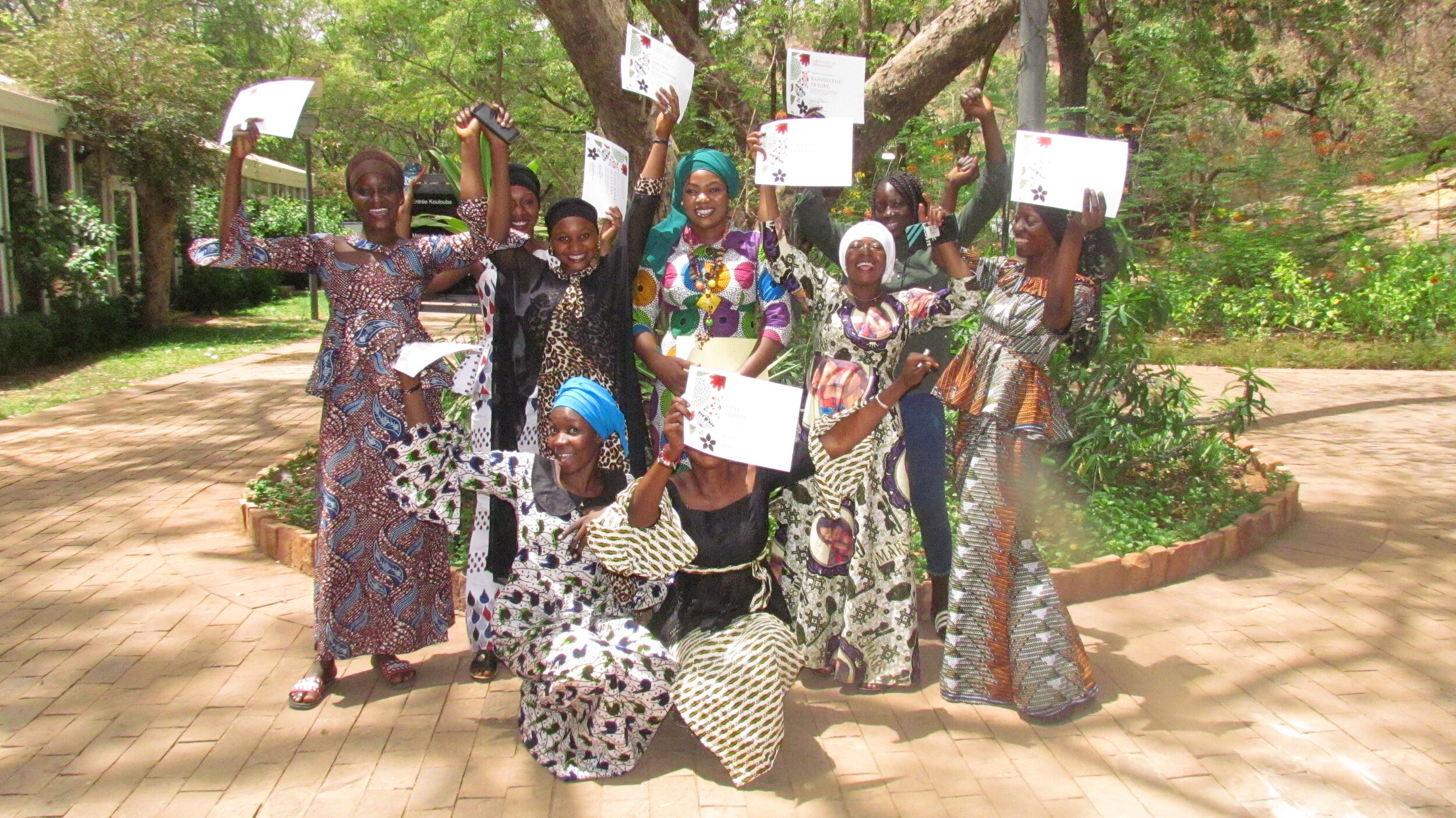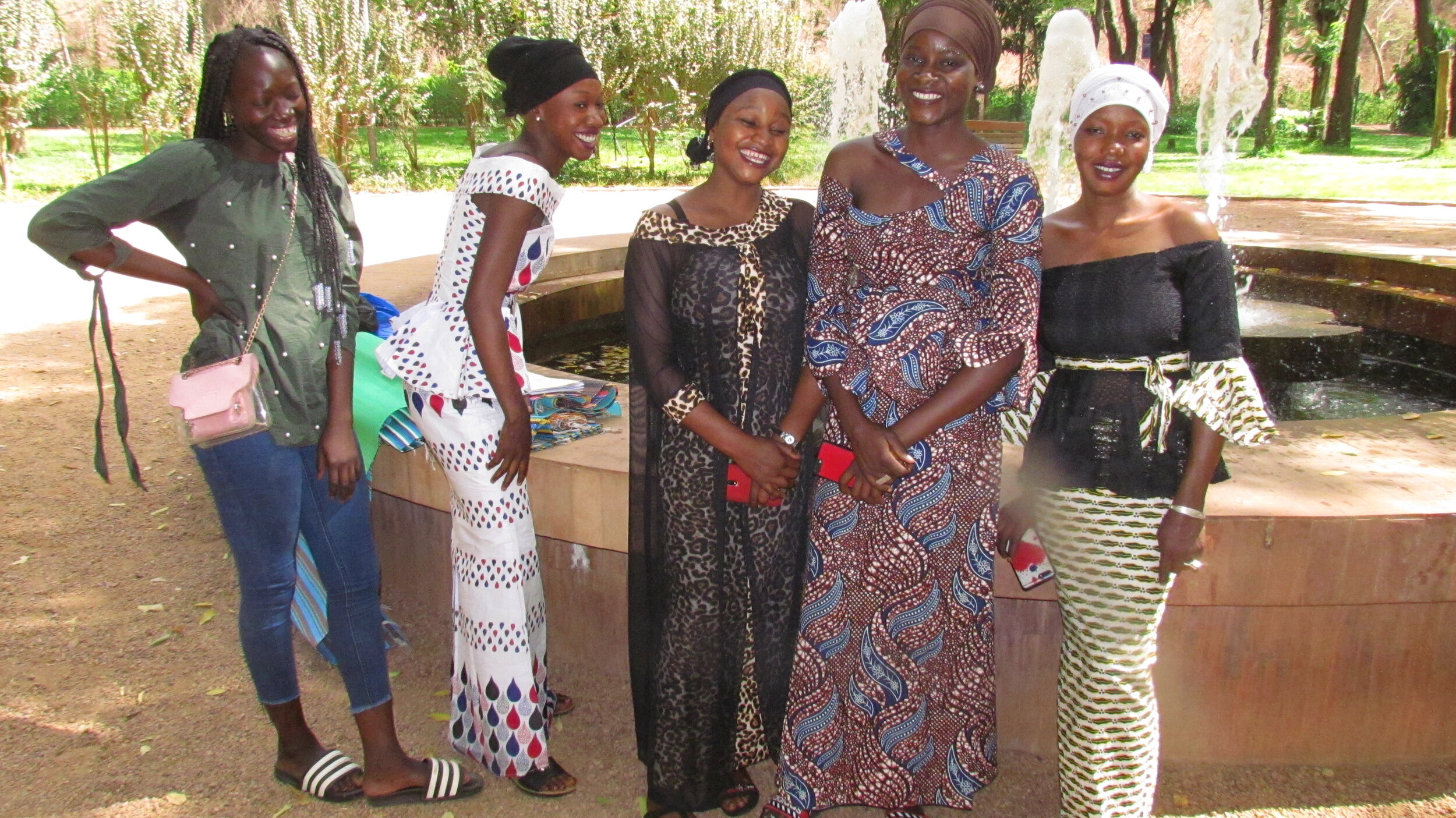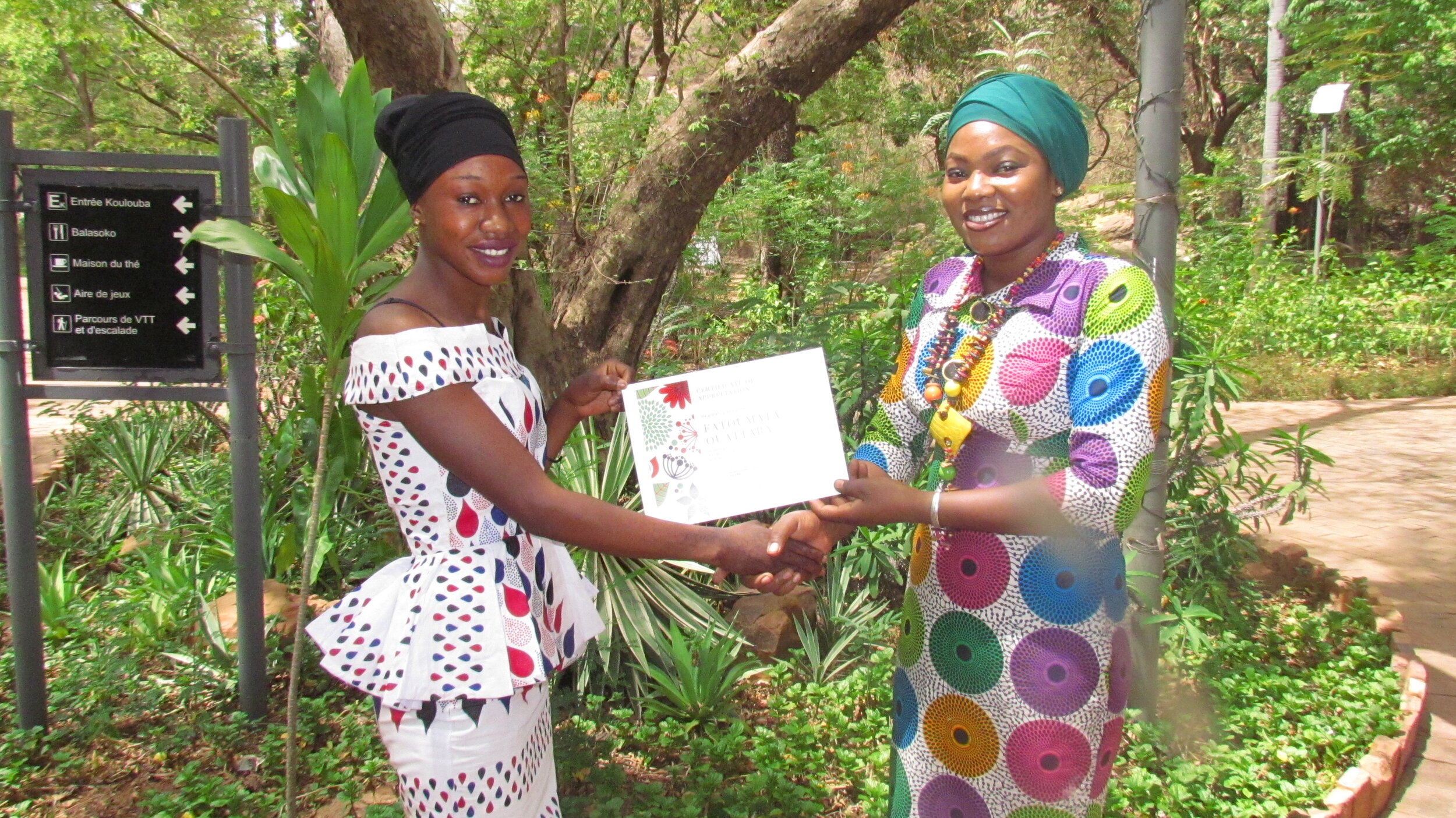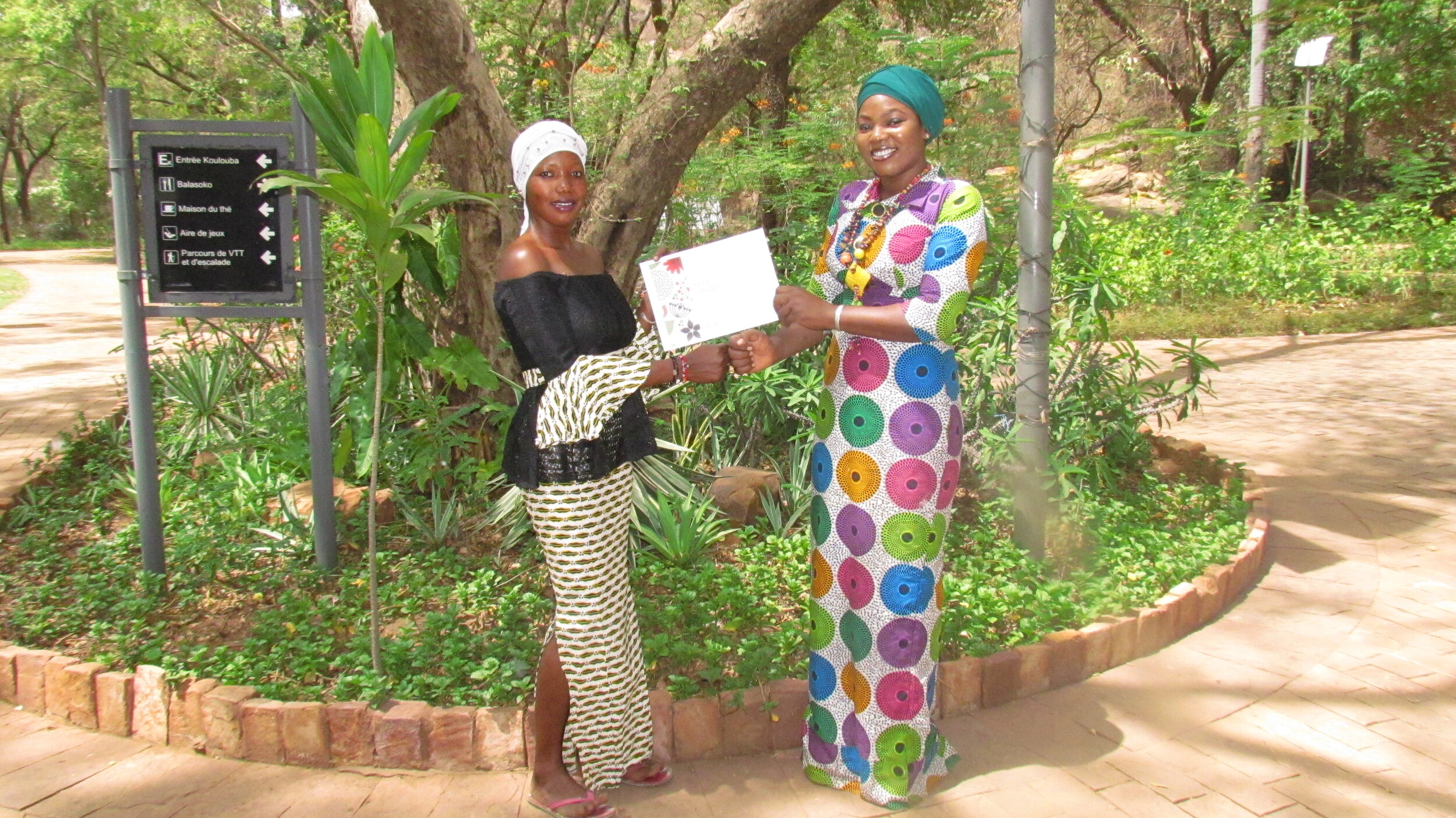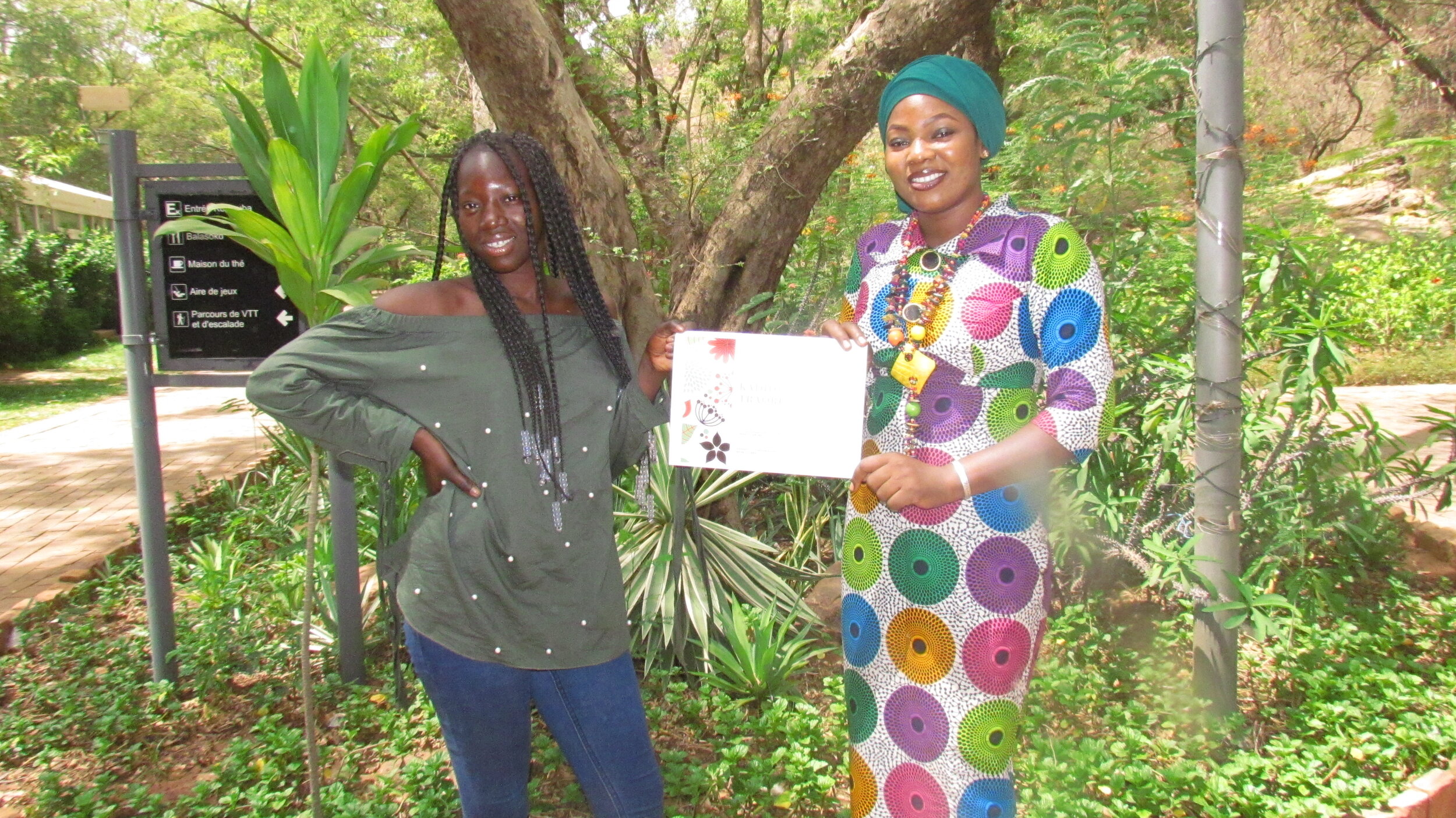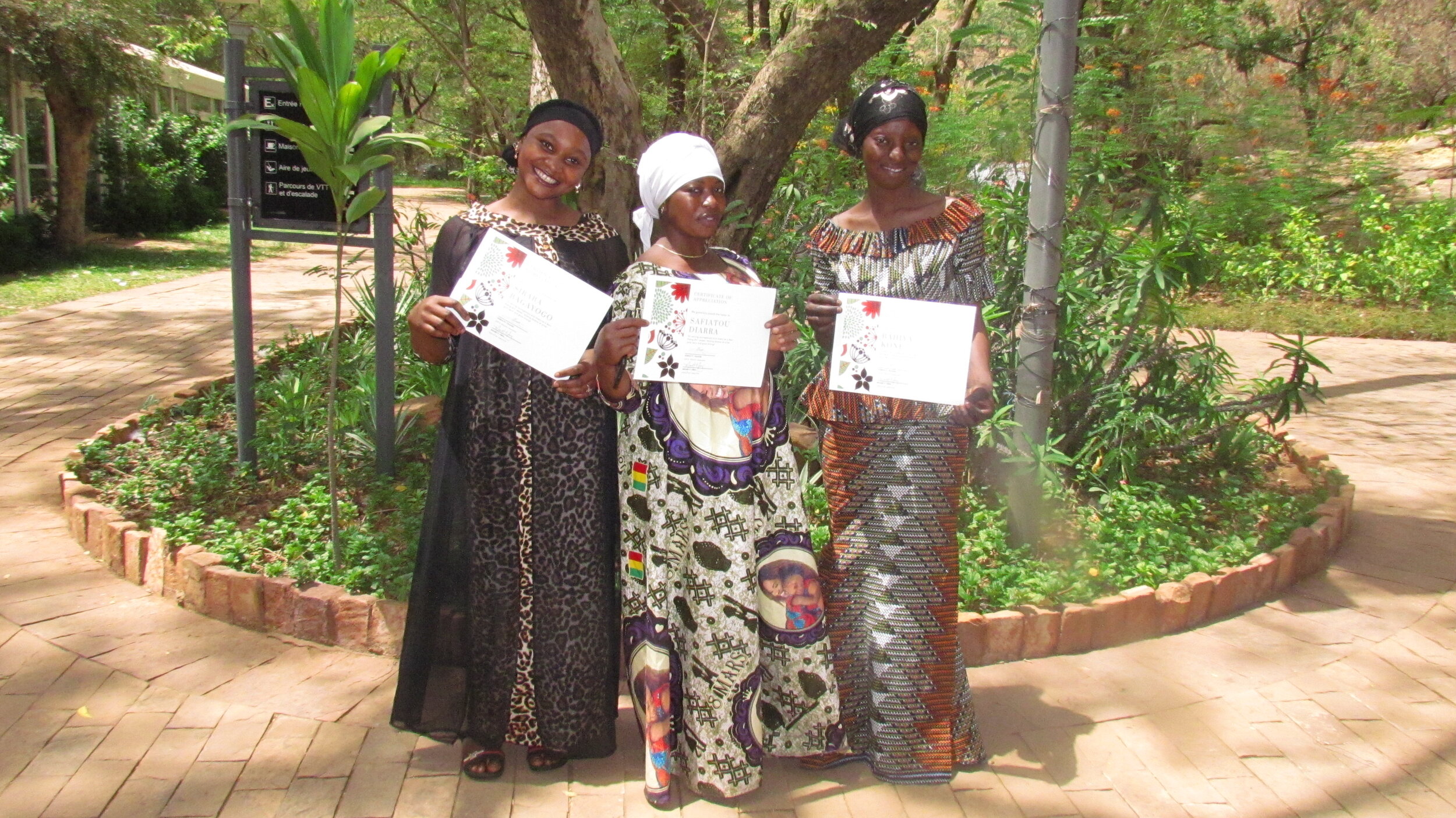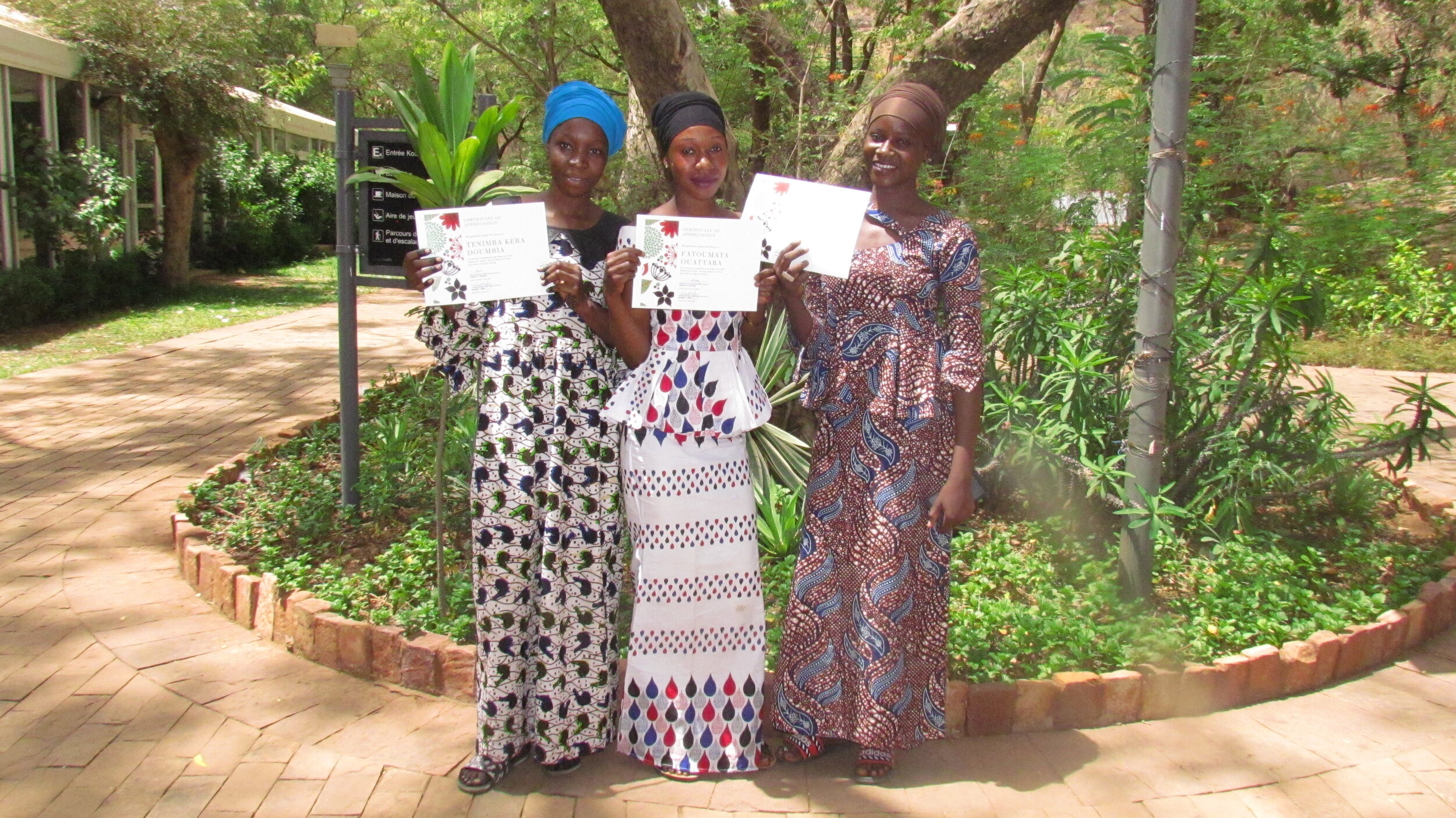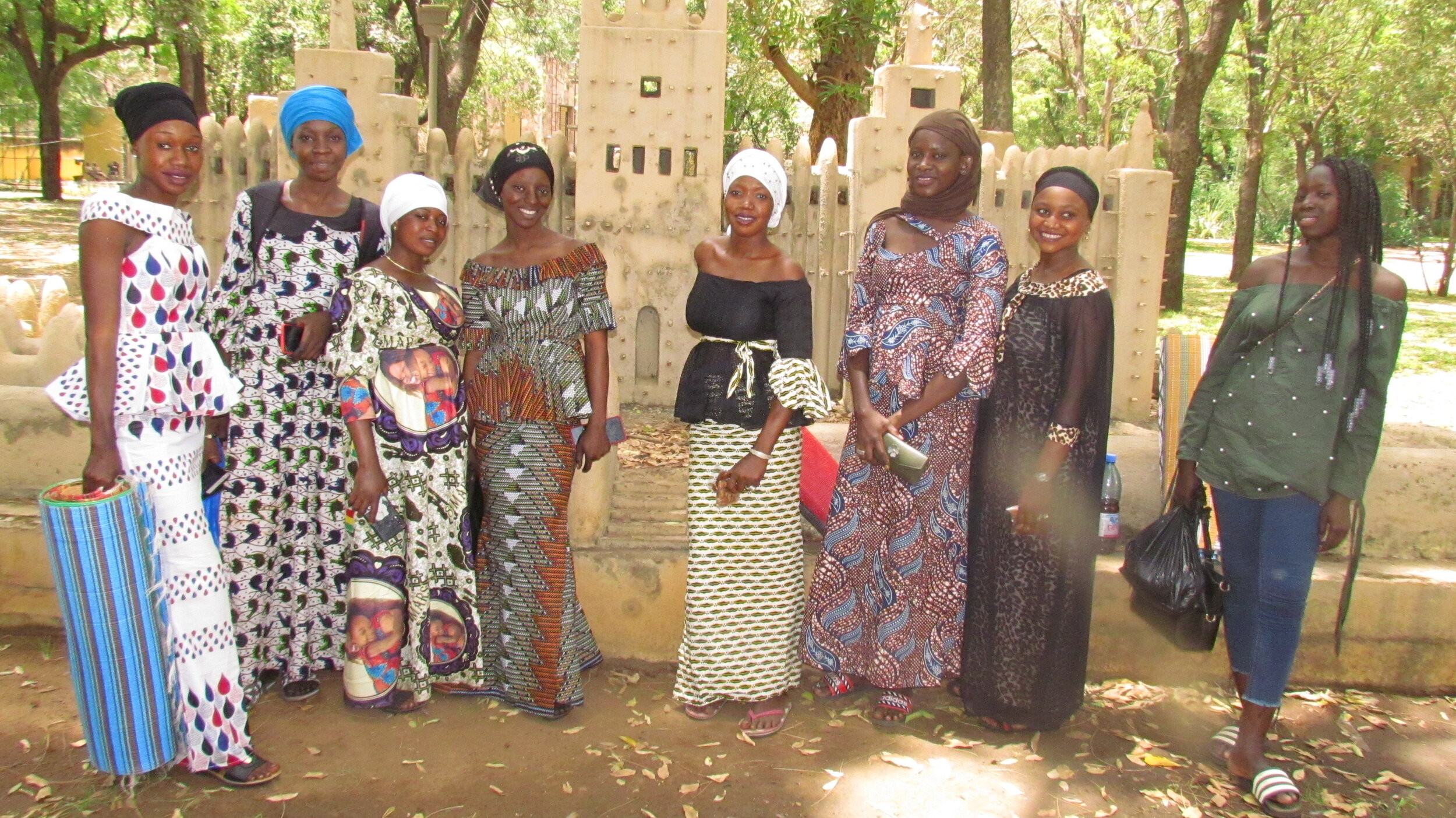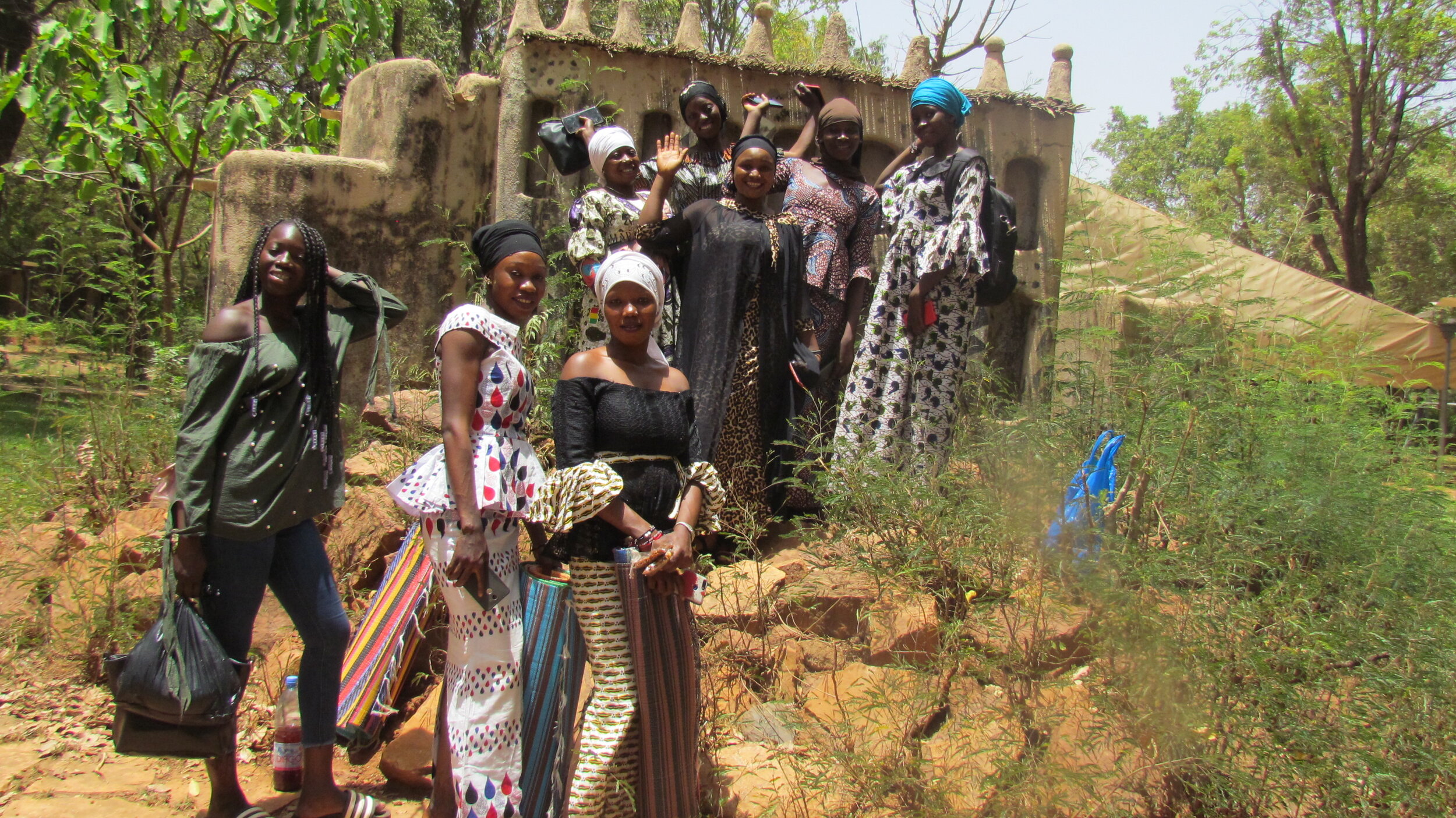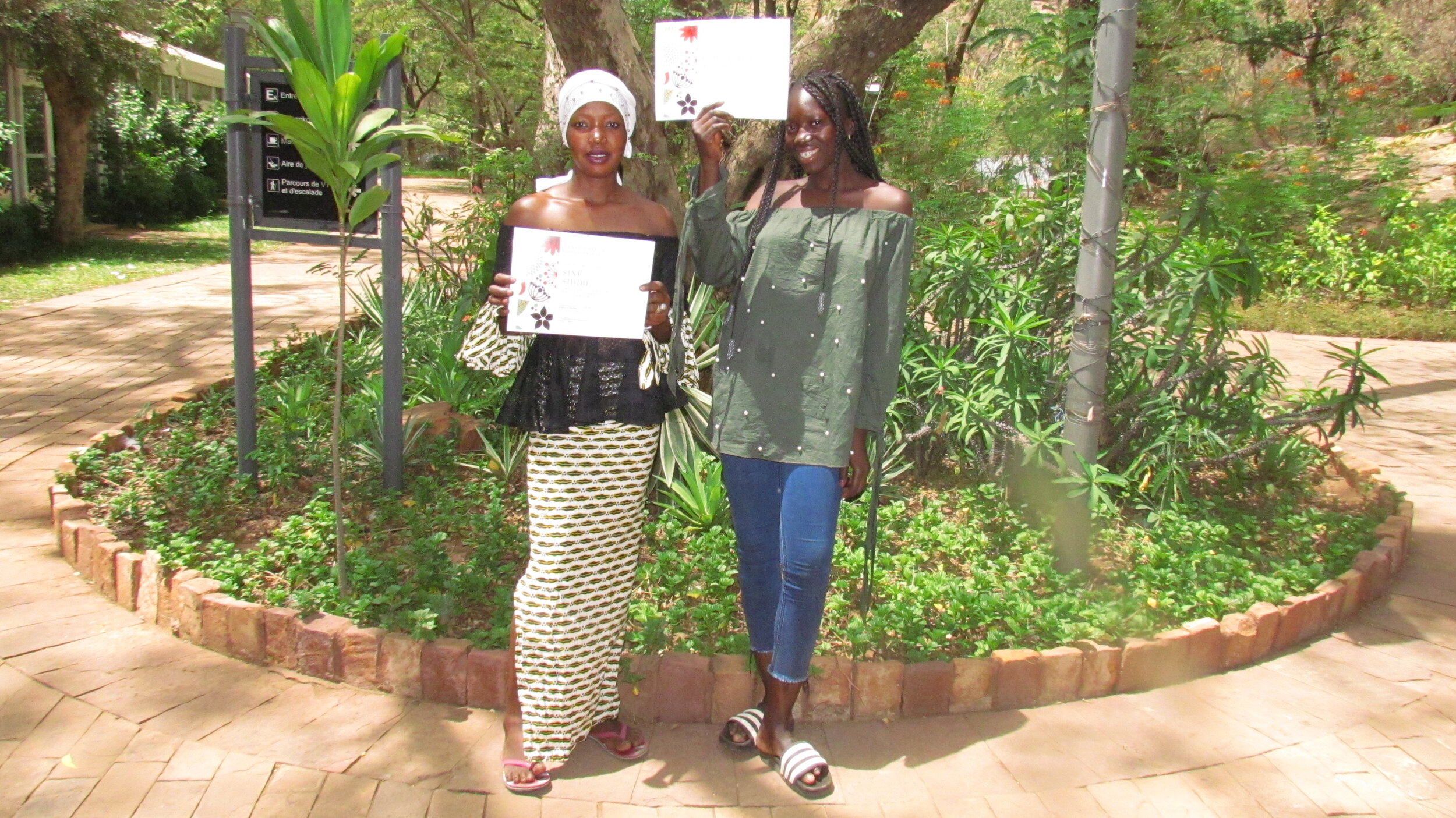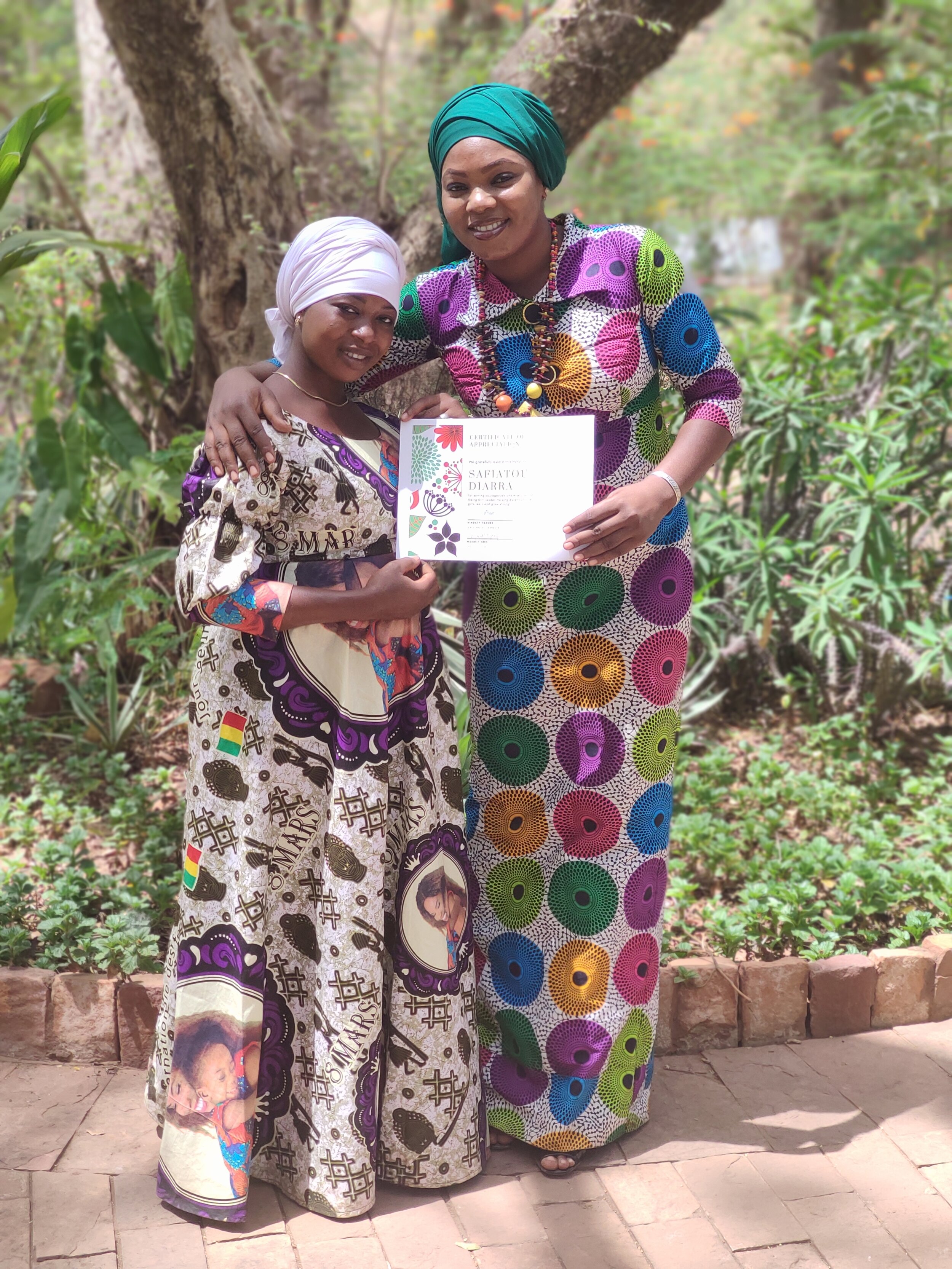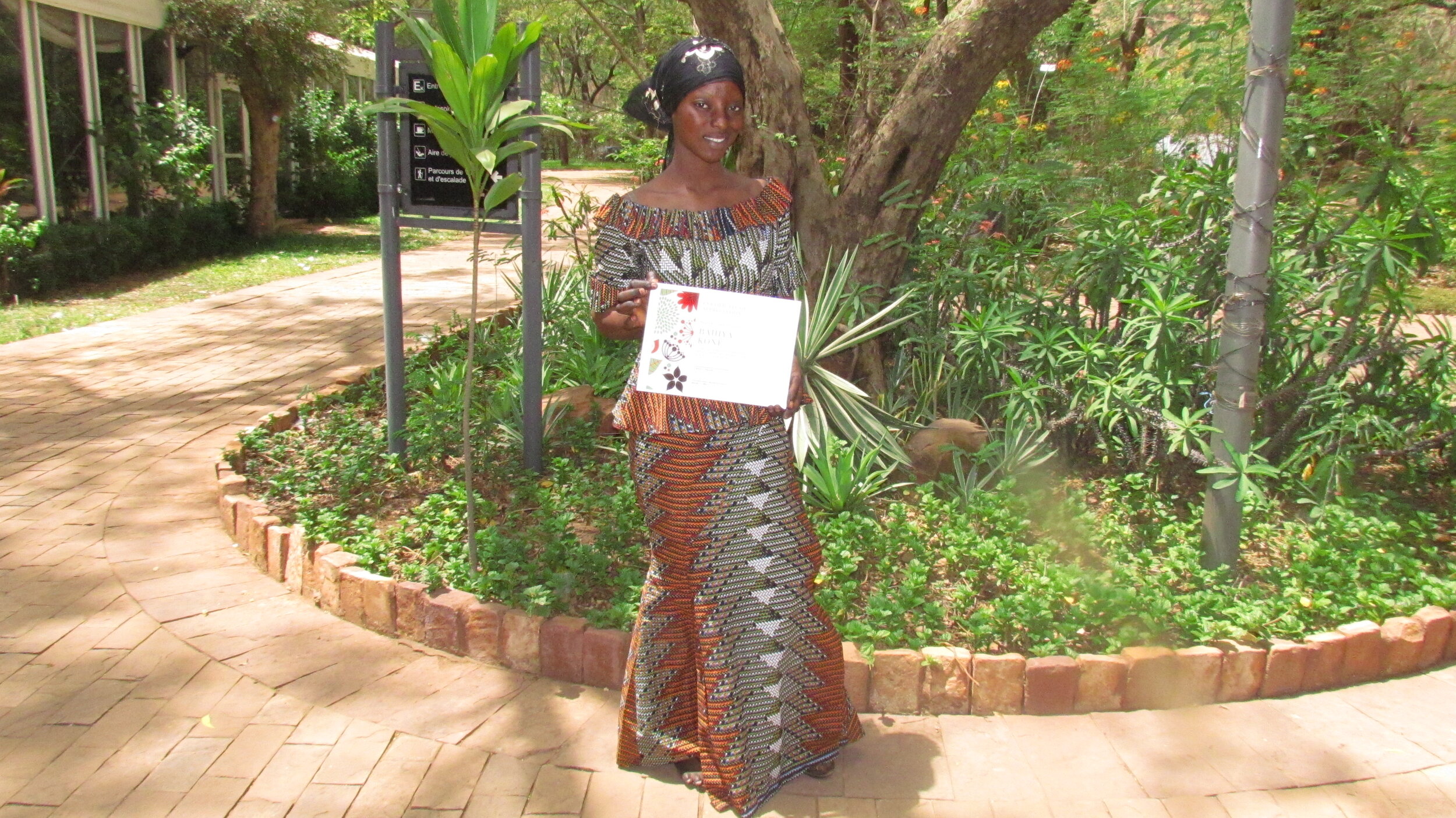In most rural villages in Mali, women play a fairly important role in taking charge of children's school fees. But to save money, many men prefer to enroll only boys in school and prefer girls stay at home with their mother. Yet who pays the students' tuition fees? In the majority of our schools, women pay school fees. To raise funds for the fees, women may cut firewood, pick shea nuts to make shea butter, grow vegetables in gardens to sell at the market, or grow. These hard-working mothers can do amazing things for thier kids…with just a tiny bit of help!
Volunteer Spotlight: Lawrence Behind the Scenes
We do a lot with a little here at Mali Rising, and much of that is possible because of our great volunteers. Today, I want to feature a new volunteer — Lawrence Long — who has stepped up to help us with all kinds of critical, behind-the-scenes work as our Volunteer Operations Coordinator. We are so glad to have Lawrence’s help, and hope you’ll enjoy getting to know him through a little recent Q and A!
The Dreams of Oumou
Oumou Sidibé is one of our Girls Project students in Kolimba. She is 16 years old and lives in Kolimba with her parents. She is in the 9th grade in Nièta Kalanso Middle School. Oumou repeated the 6th grade because of an illness, but despite this setback she did not drop out of school. Oumou loves school because she would like to have a job and to be able to earn a living. This would allow her to help her parents and her village. Read more….
We Love Our Volunteers!
Wow — it is hard to overstate how much we love our volunteers! They have been simply overwhelming us with support for our students in Mali, and we stand in awe. In just the last month, volunteers have created hundreds of sets of flashcards, written hundreds of notes of encouragement to students, created or donated hundreds of pieces for menstrual kits, and so much more. We want you to be part of this amazing group of people.
A New School Brings Hope to N'Goko
By Alou Doumbia, Construction Manager
For residents of small, remote villages in Mali the dream of having a school for village children is often just that – a dream. Before the construction of Mali Rising’s 24th school in the village of N’Goko, the parents of the village were desperate. According to Issa Sogodogo, president of the youth committee of N’Goko, several organizations have tried to build a school in N’Goko without success.

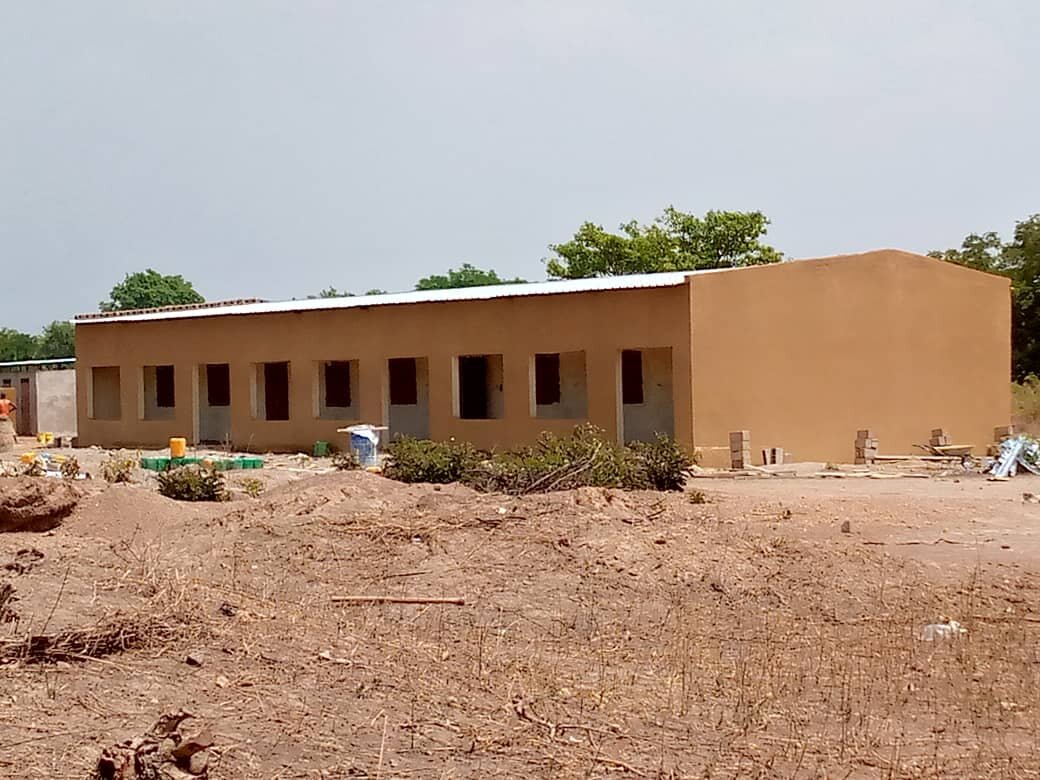
The village is divided into two districts in the south and the north. The primary school was built in the southern district thanks to the contribution of the entire population. To bring understanding to the village, the residents decided to locate their new middle school on land lying right in the middle of the two districts. When the space was chosen to build this new school, the village chief instructed the school committee to seek partners to help the village build its school.
For more than 7 years, the village searched for a partner without success. Whenever a partner decided to support them, some problem would arise and the project would be abandoned. The whole village has contributed money for several years from cotton cultivation to finance the village share. But some people were so discouraged that they demanded reimbursement of their contribution shares. Yet the village chief did not give up.
When the village chief of N’Goko contacted us to ask for support for the construction of a middle school, the population was not sure that Mali Rising was motivated to do so. In addition to the long distance staff had to travel to visit the village, the coronavirus pandemic delayed construction by nearly a year.
Despite all these difficulties, the village chief was keen on his project because he was committed to the vision of education for the village children. So although the people of N’Goko believed that it was not possible to build this school, we worked hard to come up with ways to build safely even during the pandemic. When the first stone was laid, the mayor of the region sent his deputy to assist them. From that auspicious start, the work team of five young masons carried out the work with courage.
The populations of neighboring villages passing through N’Goko were surprised to see construction finally underway! Even the people of the village who requested reimbursement of their dues regretted their doubt. The mayor often visited the site and was very happy now to see construction complete.
Before this school was built, many students were sent far away to continue their education. Other children were simply forced to drop out. For example, there is a village tailor who told us that he was unable to continue his studies in the big town of Kadiolo, which is why he apprenticed as a tailor to come back and open his sewing workshop in his village.
Construction is now finished in N’Goko, and the school just awaits the arrival of its teachers. As I inspected the school at the end of the construction, a few happy children came to sit in the classrooms to say thank you and that they hope to come and continue their studies in these lovely buildings.
Boys Can Stand for Girls’ Education
Although girls in Mali want to stay in school, it is really challenging for them to stay there. There are many obstacles to girl’s education, such as early marriage, forced marriage, long distances to walk to school, rapes, and sexual abuse. This is especially true in rural areas. As a result, many girls drop out of school in Mali each year. This isn’t a failure of the girls, but instead a failure of the whole community — everyone should be involved in helping girls be educated. Our Girls Project works to make sure parents are invested in their daughters’ education, but we also work with the boys in our schools to make sure they are allies to their girl peers.
Teachers MAKE the School at Christiana Norris Middle School
Mali middle schools are typically home to an average of four teachers, although our schools range from 3 to 11! Because there are 8 core subjects in Mali’s national curriculum, teachers must cover multiple subjects. For example, the French teacher is usually required to teach history and/or geography as well. Often the English teacher will teach art or another subject. At Christiana Norris Middle School, there are currently four teachers, including the principal.
Serious Soumaila Has a Plan for His Village & His Future
My name is Soumaila Doumbia. I am 17 years old. I am in the 8th grade at Christiana Norris Middle School in Banko. I live in Banko with my parents. My father is a preacher (seer). He teaches me a bit about what he does but it's my school studies that I love. My mother sells pancakes at the market. Last year for 7th grade, I traveled to a school in a village called Touban. Touban is 11 km from Banko. I made this trip by bike in 90 minutes with other boys from my village who attended the same school. I was often late and the bike often broke.
Working Together for a New School in Banko
By Merritt Frey, Executive Director, with Alou Doumbia, Construction Manager
We are overjoyed that the new middle school for the children of Banko — Christiana Norris Middle School — is now open in Mali and serving kids. Alas, for now we cannot do the typical ceremonial opening with the Norris Family, who generously sponsored the school. Instead, our staff brought a video from the Norris Family to share with the students and interviewed students, staff, and parents about the new school. Over this week, I’ll be sharing stories and interviews from that trip. Today we hear from the president of Banko’s primary school committee [we will hear from the middle school president later], a group of parents and elders who manage the school.
My name is Oumar Doumbia, president of the primary school’s school committees in the village of Banko school. We now have two school management committees thanks to the opening of Christiana Norris Middle School here.
As part of my presidential duties, the village chief and I have been to neighboring villages asking them to send their students to the new middle school. Sending students from other villages to our new middle school will make it easier for children to be educated, because so many of our neighboring villages suffer the same problem we used to suffer – schools too far from home for our students to attend. There were many students out of school or unable to continue their studies due to lack of food and the regular breakdown of their bikes on the trip to school. Because of the distance the children traveled, students from some families actually left our village, and many did not return.
The CAP of Bougouni [the local unit of the Ministry of Education] and the town hall supported us. City hall officials came to meet us to identify our concerns and the challenges we faced in opening a school. Once we had a school, the officials helped advocate for teachers to be assigned to our school. The CAP approved this request and sent us two teachers. This meant the village and the school committee also had to recruit two other teachers, which has been successfully completed.
I especially salute you and the Americans who helped us achieve our goal of building a middle school in Banko. I want this partnership to continue so that this school project progresses. As many children as possible in Banko must be able to access higher education. The parents of the students and we are all at the same level of joy in this project because the additional expenses for the children to reach school, the cost of food, the repair of the bikes, the energy and the journey time are all reduced. I salute the Norris family’s effort to make the school possible.
I ask students to take their studies seriously. I call on parents of students to make sure students attend school regularly. Parents must do everything they can to ensure that children can do well in school because happiness comes. We are very happy that our school is functional because we did not know that it could be done – but now we know everything is possible when we work together!
Celebrating our Girl Leaders!
By Hindaty Traore, Girls Project Manager
Two years ago, we began a new piece of our Girls Project work. After three intense years of work in our initial three Project villages, we trained local young women to return to their village to shepherd the villages’ Girls Group meetings and serve as role models for young girls in the village.
Each year, we carefully select two young women as Girl Leaders in each village. We provided extensive training and support for the Girl Leaders throughout their year of service, along with a stipend. The training of Girl Leaders has enabled them to become aware of their limitations, to mobilize their own resources, and to have confidence in each other.
All of the Girl Leaders had a story before the training. Some girls felt unable to go stand in front of a crowd and convince other girls to continue school, some were shaking, some were crying when they tried to stand in front of a class, and others were not confident in themselves. However, in early April this year’s Girl Leaders left their last training of the year with strong skills and positivity.
This training was an opportunity for the girls to train in teamwork, to raise awareness, to bring out hidden assets. The skills they have learned helped the Girl Leaders serve our Girls Groups, but have also helped them in their larger lives. For example, according to the Girl Leaders their parents treat them differently because they trust the young women more.
A job well done deserves an excellent reward. To salute the wonderful work they have done throughout the school year, Mali Rising awarded the Girl Leaders certificates of recognition. For this presentation of certificates, we met at the Bamako National Park. Half of the Girl Leaders had never been to the park before, so the trip itself was part of the reward! To make the event even more powerful, we invited last school year’s Girl Leaders to attend too – creating a powerful group of young women to celebrate together!
Looking back over the last two years, the 11 Girl Leaders (we have 6 Girl Leaders each year, but one women returned to repeat her service this year) we trained to return to their respective villages to support their younger peers in middle school carried out their tasks successfully. For 9 months the Girl Leaders went to the villages to meet with the girls and help them stay in school and succeed. Girl Leaders are a kind of human transmission of skills, courage, motivation, and role modeling to all girls in their village.
The 11 girls trained in the last two years have become good examples in the village. If fact, there are some girls who dream of being like the Girl Leaders now. The younger girls who are in the village want to take over the role of Girl Leaders someday so they can come home and educate their little sisters in turn!
The benefit of building the leadership capacities of these girls is threefold: it defines the heroines and role models for other young girls, it empowers and makes the Girl Leaders themselves stronger, and it challenges outdated community norms. We love our Girl Leaders!
Check out the photos on this page to see our Girl Leaders as they receive their certificates from me, Hindaty, and explore the National Park together.


